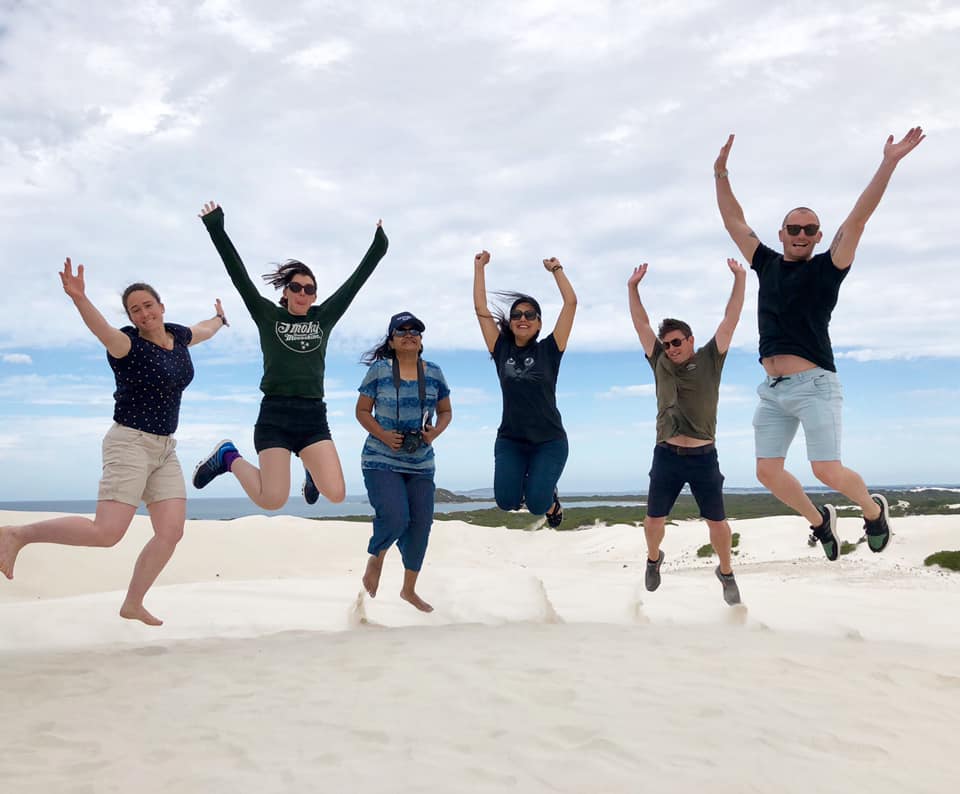
Travel is the best teacher there is. This saying is used in many different contexts. When we travel, we step back in history, discover a new culture, try different foods, but most of all, encounter all kinds of people. Through my travels, I have realized that there is goodness in everyone, no matter how different […]
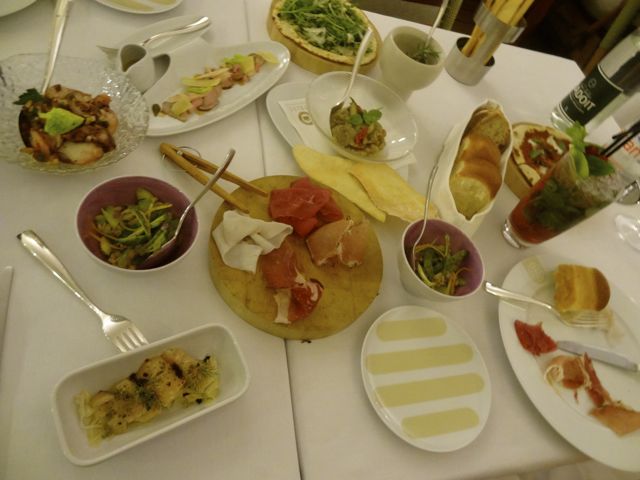
Reminiscing the best restaurant meals of the year has become a tradition for me. In fact, readers request me to share my culinary highlights if they don’t hear from me by January, so here you are, with my top 5 meals of 2015…. 1. Restaurant Ulo at Hotel Arctic in Ilulissat, Greenland – Located 280 kilometers […]
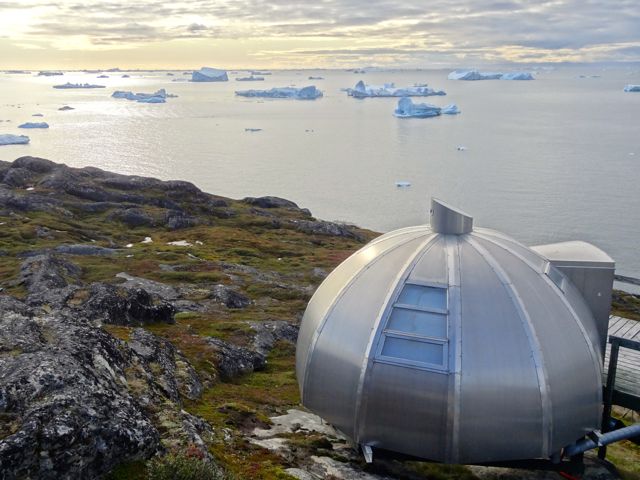
Ilulissat is a popular destination for those visiting Greenland, most of whom come from Nordic and Scandinavian countries. Direct flight on Iceland Air takes you from Revjivik, Iceland to Ilulissat, Greenland in a mere 3 hours. Once there, you hardly realize you have landed at a latitude of 69.2 degrees North, 280 kilometers above the Arctic […]
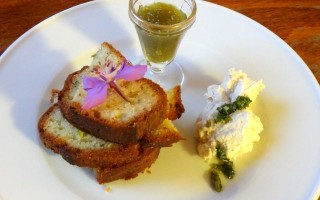
Agathe Devisme is an adventurers French lady married, who opened Ipiutaq Guest Farm at a remote location in South Greenland. She combines her French culinary heritage with farm grown ingredients, to create delicious homemade meals for her guests. Her passion for cooking and presentation is apparent on every plate she presents. The guest house sits on a sheep […]

In Part 1 of What will you eat in Greenland, I talked about common breakfast items you can expect to taste during your visit to Greenland. Moving on to seafood, one can find ingredients such as Greenland halibut, shrimp, cod, Arctic char, wolffish, mussels, sea urchins, redfish and much more on menu’s of restaurants and […]
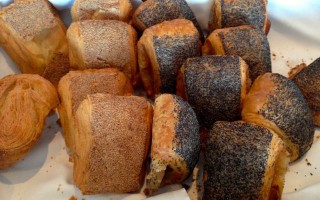
Research shows that 50% of travelers chose a destination based on the food. That may be true when you are planning a trip to countries that are globally renowned for their food – Italy, Spain, India, Mexico, Japan and many more. But Greenland may not make it to the list of foodies travels. It was […]
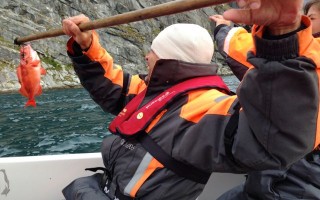
What crosses your mind when your tour is called “Qooqqut with unforgettable dining?” Certainly not orange overalls, open air high speed boats, and battling trade winds in search of a lone restaurant located 50 kilometers away from civilization! Apparently, this is what I had signed up for during my recent visit to Nuuk, Greenland. We […]
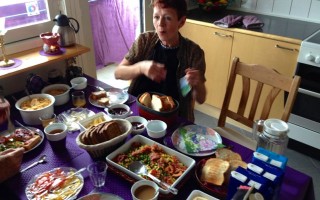
Search for hotels in Nuuk (Godthåb in Danish) and TripAdvisor results in only two hotels and one Bed and Breakfast. Nuuk is the capital and the largest city in Greenland, with a population of 16,000. It is south enough that you don’t see snow, only a few glaciers floating around. It is very difficult to […]